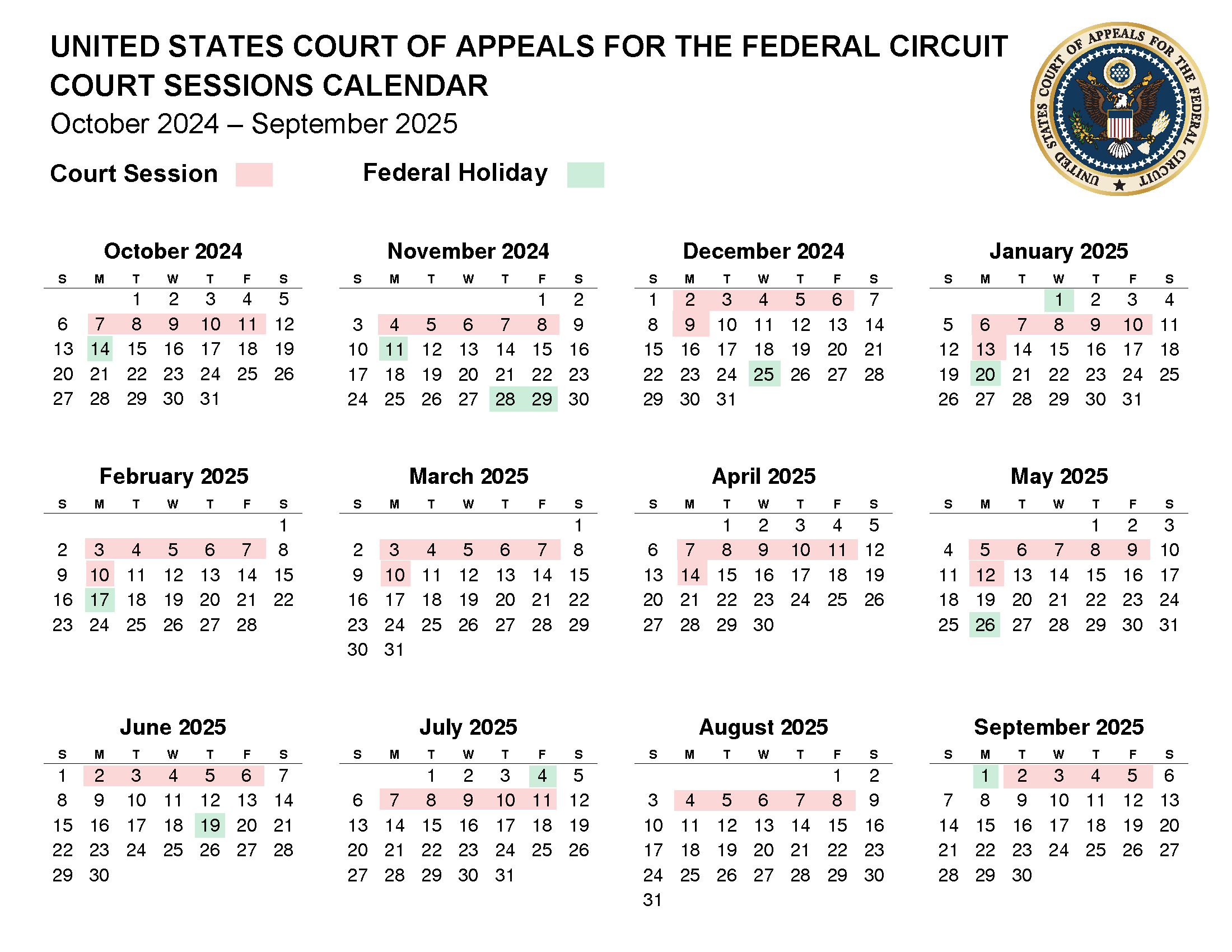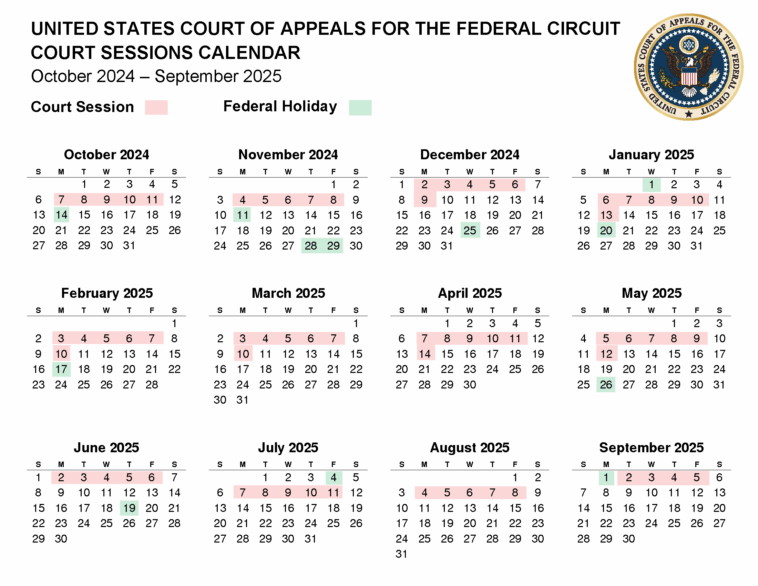
Observations on Local Jail Dockets and Public Record Transparency
Across our communities, public records such as local jail dockets offer more than a glimpse into recent law enforcement activities—they are windows into our collective justice system. Over time, these records have evolved into essential tools for ensuring that local governments and police departments can be held to account. In recent weeks, various local news sites have provided community members with access to jail dockets dating from as early as one week ago. This editorial takes a closer look at how the availability of these records shapes our understanding of transparency, accountability, and the legal process.
It is not uncommon for citizens to find themselves both thankful and conflicted regarding the ease with which this kind of legal information is accessed. On one hand, there is a sincere appreciation for having a public record that many believe should remain open to all. On the other, tensions arise as more content is reserved for subscribers, leaving some community members to wonder if legal transparency is slowly becoming a luxury only for those who can pay. This dichotomy between public service and business practice is at the heart of an ongoing debate about the role local media should play in the digital age.
Understanding the Right to Public Access to Jail Records
In many communities, jail dockets serve as a crucial public record that carries the impressions of local law enforcement practices, as well as the administration of justice. Historically, the public’s ability to inspect such records has been seen as a key component of a just democracy. The concept is straightforward: if citizens can poke around through these publicly available legal documents, they are better equipped to hold institutions accountable.
When local publications share these records, they are not merely offering a service—they are providing an opportunity for community members to get into the fine points of how justice is being administered. Some of us may consider this way of operating as a double-edged sword. There are benefits to open access, such as the promotion of civic engagement and the trust engendered by a transparent judicial system. Yet, there are also tricky parts to consider, including whether certain details should remain obscured out of respect for privacy or potential legal repercussions in ongoing investigations.
A close examination of these public documents often reveals that the devil is in the detail. The records will list individuals, their alleged charges, and sometimes the twisted matters of local policy enforcement. At times, these records appear to be a valuable resource—a snapshot of current law enforcement practices—while at other moments, they serve as a reminder that exposing every single detail can bring its own set of confusing bits.
The Effects of Subscription-Based Access on Community Knowledge
Over the last few years, many local websites have taken to gating portions of their content behind subscription models. In the context of jail dockets, this has raised questions about whether vital public records should be free for all or reserved for subscribers only. Recently, some articles discussing the jail dockets of counties like Forrest and Lamar have cautioned readers that premium content is available exclusively to paying subscribers.
This move has sparked a debate among community members who assert that paying for access to what should be public records is both intimidating and off-putting. After all, when public safety and accountability are at stake, making vital information available only to those with financial means can quickly appear as a form of modern elitism. Consequently, these subscription models have become a focal point for discussions about equitable access to legal information.
Here are a few observations on the current practice:
- The subscription model can create a two-tier system where community members with more resources have better access to what many consider essential legal data.
- Strict subscription practices may cause law enforcement practices and judicial processes to be viewed with an added layer of suspicion, as they appear to be shrouded in exclusivity.
- The benefits of accountability via public records are diminished when access is curtailed, no matter how merely temporary that curtailing might be.
Many citizens argue that legal records that affect community safety and trust should be available without any barriers, especially when these records help shine light on the workings of local justice systems. The transformation of some of these freely available records into premium content not only restricts overall transparency but also undermines community faith in their local news institutions.
Local News Outlets: Guardians of Transparency and Community Engagement
Local news organizations have long been seen as guardians of community truth—determined to get into the subtle parts of local governance and law enforcement. By providing jail dockets, these news outlets affirm their role as watchdogs. They work meticulously to find your way through a myriad of public records, offer explanations for the charges listed, and provide context that can often be lost in the legal language.
The digital era has transformed how these outlets work, pushing them to invest in online platforms that combine both traditional journalism and modern digital publishing techniques. In this process, they encounter a series of challenging and sometimes overwhelming issues:
- Ensuring that the digital format preserves the accuracy and timeliness of public records.
- Balancing the need to earn revenue via subscriptions with the responsibility to disseminate public records universally.
- Maintaining editorial integrity even as they adapt to varying digital trends and monetization strategies.
While some might say that moving content behind paywalls is a necessary step for the survival of print journalism in the digital era, others argue that doing so places crucial public service obligations into question. The reliance on digital subscriptions leaves many wondering if local news, which forms the backbone of our community narratives, may ultimately be compromised by underlying commercial interests.
The trends observed in our local news outlets underscore a common belief: being a steward of public information is a responsibility laden with problems and twisted challenges. Maintaining a system where public records are accessible requires both innovation and an unwavering commitment to public service—qualities that many local newspapers continue to demonstrate.
Examining the Challenges of Digital Information Platforms in the Legal World
In our journey to consider how legal records are shared in today’s world, it is essential to highlight the intimidating challenges posed by digital platforms. Content that was once in plain view is now often locked away behind digital barriers. This shift has led to perceptions that legal records have been “privatized,” even when they are meant to serve the public good.
Take for instance a scenario where you visit a website to view the jail docket for a particular week. You might be greeted with an elaborate menu, reminders to subscribe, and multiple prompts encouraging payment for full access. While it is understandable that these websites need a solid revenue stream, many community members believe that presenting critical legal information in this manner makes the process more nerve-racking than it should be.
Some of this difficulty can be ascribed to the fact that the layout of these digital platforms is full of confusing bits, with an overabundance of links, tabs, and buttons. There is a constant tension between delivering information in a user-friendly way and offering the breadth of detail that law and justice inherently demand. The following table illustrates a simplified comparison of the pros and cons of subscription-based versus open-access models in disseminating legal records:
| Aspect | Subscription-Based Access | Open Access |
|---|---|---|
| User Accessibility | Limited, often available only to paying members | Available to every member of the community |
| Revenue Generation | Essential for sustaining quality journalism | Relies on traditional funding or donations |
| Transparency | Can appear opaque due to digital barriers | High, with immediate and open dissemination |
| Public Trust | May diminish if perceived as profit-driven | Strengthens trust in the judicial system |
As the table above suggests, there is a trade-off between revenue generation and the principle of transparency. For community members and legal professionals alike, it is essential that any digital platform handling public records strikes the right balance—a balance that can sometimes feel as tricky as trying to solve a maze.
Community Impact: Balancing Transparency and Privacy
At the heart of the debate over jail docket accessibility lies the need to strike a careful balance between transparency and privacy. On the one hand, the public has a right to know who is being charged and what actions are being taken by law enforcement agencies. On the other, managing your way through sensitive personal information requires that we consider the privacy of those involved.
In a system where detailed descriptions of charges—ranging from possession of controlled substances to domestic violence allegations—are publicly listed, the community is presented with a heavy dose of reality. While these records are crucial for gauging the health of local justice services, they often include small distinctions that can lead to misunderstandings. The implications for individuals charged with crimes—whether later exonerated, convicted, or still in litigation—can be both life-altering and irreversible.
Some of the key issues at stake include:
- The responsible reporting of judicial outcomes and pending legal cases.
- Ensuring that updates are provided in a fair and balanced manner.
- Maintaining a cautious approach to naming and shaming while ensuring public safety.
Some community members feel that when legal information is presented in an overly sensationalized manner, it can create a climate of tension and undue judgment. Others argue that even the imperfect system of public records is essential because it helps citizens get into the subtle parts of how local law enforcement is functioning. Indeed, the acts of both reporting and consuming these records require a delicate sense of balance, particularly when public trust is at stake.
The Digital Divide and Its Repercussions for Legal Information Access
Digital platforms have revolutionized how legal records are shared, but they have also introduced a new set of tricky parts that can confuse or even alienate some readers. A common concern revolves around the so-called “digital divide”—a term describing the gap between those who can easily access online resources and those who cannot. When complicated pieces of legal reporting become ensnared in subscription models and confusing user interfaces, a portion of the community finds it challenging to figure a path through this digital labyrinth.
This divide is not merely about access to technology; it runs deeper into the fabric of socio-economic status and technological literacy. For example:
- Individuals from lower-income backgrounds may find subscription fees to be a significant barrier.
- Elderly community members may struggle with navigating websites that are overloaded with links and ads.
- Cultural or language barriers can also hinder a fully balanced understanding of legal information that is deeply embedded in legal jargon.
In such cases, local news outlets must work extra hard to ensure that while they maintain a necessary revenue model, they do not further compound these accessibility issues. It is essential that local publishers continue to explore creative solutions—such as simplified interfaces or tiered access options—to ensure that everyone is provided a fair chance to get into the fine points of public records.
Traditional Print Versus Digital Media: Bridging the Gap for Effective Legal Reporting
The evolution from print to digital media has been both a blessing and a bane for legal reporting. Traditional print media often enjoyed a reputation for providing well-vetted, rigorous examinations of local legal affairs. With the advent of digital platforms, however, the landscape has become much more crowded and, at times, overwhelming. Many local news outlets now have to balance the super important traditions of skeptical and thorough reporting with modern digital trends that lean towards faster, more bite-sized updates.
This tension between immediacy and depth can frequently result in a scenario where:
- In-depth profiles on jail docket records become compressed into mere headlines or summaries.
- Users may find themselves sorting out a labyrinth of menus and subscription notices instead of engaging directly with the content.
- The responsibility to get around twists and turns in digital publishing can lead to an inadvertent loss of context that print media traditionally maintained.
In order to bridge the gap between traditional legal reporting and the demands of modern digital presentation, local media must embrace innovation without sacrificing the authenticity and thoroughness that have long defined quality journalism. One possible strategy might involve offering a hybrid model: a basic layer of alert and breakdown of records available to all, with additional detailed analysis reserved for subscribers. Such an approach would combine the accessibility of open records with the very detailed reporting that legal professionals and community advocates appreciate.
Community Voices: Diverse Perspectives on Public Record Accessibility
No discussion about the availability of public legal records would be complete without recognizing the diversity of opinion among community members. Many local residents appreciate the chance to peek behind the curtain and see the inner workings of their justice system, while others are cautious about the potential for misinterpretation or undue harm that full transparency might cause.
For instance, community organizers, legal professionals, and even local government representatives have expressed varied takes on the subject:
- Some argue that maximum transparency is essential for holding public offices accountable, ensuring that charging details and judicial procedures are on open display.
- Others maintain that the very public nature of these records might lead to premature judgments, potentially harming cases that are still in their early, and often nerve-racking, stages.
- There are voices in the community calling for more nuanced reporting that respects both the public’s right to know and the privacy of those involved.
This spectrum of opinions illustrates that legal reporting is not merely about disseminating facts; it is about engaging with the community and acknowledging that public records are loaded with both potential benefits and inherent problems. Whether one advocates for complete openness or favors a more regulated approach, it remains clear that the issues are on edge and require careful, balanced discussion.
In many ways, working through the digital presentation of these dockets is not too different from making your way through an intricate maze. You must pick through a host of subtle details—from legal jargon to community sensitivities—and come away with a clear view of how justice is being served. Ensuring that this maze is not overly complicated by paywalls or confusing layouts should be a priority for local news outlets.
Long-Term Sustainability: Supporting Local Journalism in a Digital Age
One of the greatest challenges facing local news organizations today is the struggle to remain economically viable in an era dominated by digital advertising and subscription fees. Over 30% of newspapers are predicted to close in the coming years if current trends persist—a fact that should give all of us pause. Local journalism has long been admired for offering a form of accountability that national news outlets often overlook. However, the increasing reliance on subscriptions and premium content models risks creating a divide between those who can afford the news and those who are left in the dark.
Supporting local journalism is more than simply subscribing to a service; it is about investing in an institution that is critical for community vitality. These institutions are tasked with sorting out the tangled issues of both public affairs and local legal proceedings. They perform the indispensable service of investigating and reporting on matters that affect the day-to-day lives of community members—even when this involves confronting confusing bits and tangled issues in the law.
Moreover, the shift toward fee-based access to some types of legal records is a trend that, if left unchecked, could lead to a reduction in comprehensive reporting on public institutions and law enforcement practices. This potential loss underscores the need for both community support and innovative revenue strategies that do not compromise the super important principle of open access to justice.
Below is a bullet list summarizing some community-driven approaches that may help sustain local journalism:
- Innovative subscription models that offer tiered access and free basic public records.
- Community fundraisers and donation campaigns that underscore the value of local accountability.
- Partnerships with local governments to sponsor noncommercial investigative reporting.
- Enhanced digital interfaces designed for easier access to information for all demographics.
- Collaborative reporting initiatives that involve local citizen journalists and advocacy groups.
Each of these strategies is aimed at ensuring that local records remain both accessible and economically sustainable. Successfully implementing these approaches requires not only smart management but also a deep commitment to the role of journalism as a public service.
Future Challenges and the Road Ahead
Looking forward, the path for local journalism—particularly in the realm of legal and public record reporting—is as challenging as it is promising. As technological trends evolve, local news organizations must figure a path that melds both tradition and innovation. The process of figuring out these complicated pieces is never straightforward. With every new digital tool introduced into the reporting process, there are additional twists and turns that require careful thought.
Issues to watch include:
- The evolution of user interface design to make accessing legal records more intuitive.
- Further debates regarding if and how sensitive legal records should be gated behind subscription models.
- The potential for increased public engagement as community members become active contributors rather than passive consumers.
- The impact of new revenue models—such as micropayments or community-sponsored journalism—that could help resolve the tension between free access and quality reporting.
Digital transformation in legal reporting is a process full of unexpected challenges. At its core, however, the mission remains unchanged: to provide a reliable, clear, and thorough depiction of local law enforcement and judicial practices, no matter how intimidating the detailed reporting might sometimes feel.
Reimagining the Role of the Community in Legal Reporting
In a dynamic media environment, it is not solely the responsibility of journalists to get into the subtle parts of public records. In many cases, community engagement itself is the key to holding institutions accountable. Citizens now have unprecedented tools at their disposal, from social media networks to local discussion forums, all of which can be used to foster informed debate on public safety and legal processes.
For communities to truly benefit from the availability of jail dockets as public records, a two-way dialogue is essential. Local news institutions can host community forums, sponsor town hall meetings, and encourage readership engagement by clarifying the fine points of legal records. By demystifying the process and making what may sometimes appear complex more digestible, the local media can promote a healthier, more engaged public discourse.
Moreover, citizens themselves can take charge of sorting out the tricky parts of legal reporting by:
- Participating in community-led digital watchdog groups.
- Sharing their interpretations and insights through local blogs and social media channels.
- Engaging with local journalists through letters, feedback forums, and open interviews.
- Advocating for sustained public funding for open-access local news portals.
These actions not only help build trust between the media and the residents but also ensure that the subtle details of legal reporting are not lost amid the noise of modern digital communications.
Conclusion: A Call for Balanced Transparency and Investment in Local Journalism
As we stand at the crossroads of tradition and digital evolution, the manner in which jail dockets and other legal records are handled remains emblematic of broader tensions in our society. The challenge is clear: while the public has an inherent right to see these records, the way they are presented and monetized can sometimes lead to misunderstandings or a sense of exclusion. Whether it is the intimidating prospect of subscription fees or the overwhelming complexity of sorting through digital records, the community must find effective strategies to address these issues.
Local news outlets are charged with a super important duty—to facilitate transparency and foster public trust while simultaneously navigating the rough waters of a digital business model. Achieving this balance calls for smart innovation, community engagement, and a reimagining of how we support journals and legal reporting that serves the public interest. The stakes are high: without robust local journalism, many critical conversations about local justice and community safety may never take off.
In reflecting on these challenges and opportunities, it becomes clear that fostering an environment of open, accessible, and balanced legal reporting is not just a professional obligation for journalists—it is a must-have for every member of our community. By ensuring that public records such as jail dockets remain available to all, regardless of the economic backdrop, we can build a more informed citizenry and a more accountable system of governance.
Whether you are a long-time reader or a new member of the community, the conversation around public records and their accessibility is one that touches us all. The current digital trends present nerve-racking hurdles, but they also offer the promise of innovation that can ultimately enhance both journalistic sustainability and public transparency.
Looking ahead, the partnership between local news organizations and the communities they serve will be key in steering through these challenging times. By embracing changes in digital technology and reevaluating our strategies for maintaining open access to essential legal records, we can work together to secure a future where the public remains well-informed and engaged in local governance.
To conclude, the future of public record transparency, particularly with respect to jail dockets and other legal information, is at a pivotal juncture. It is incumbent upon us all to support local journalism—not only for its economic viability but for its irreplaceable role in reinforcing the pillars of democracy, accountability, and community awareness.
In a world where every click can open up a labyrinth of twisted issues, maintaining an open trail to the information that matters most is a shared responsibility. We owe it to ourselves, our neighbors, and future generations to ensure that the twist and turns of legal reporting are addressed with clarity, balanced judgment, and a commitment to equitable access.
Ultimately, recognizing the value of accessible legal records is a step toward a future where transparency is not a privilege for the few but a guarantee for everyone. Let us all join hands in advocating for media practices that not only inform us but also empower us to be active and engaged citizens.
Originally Post From https://www.hubcityspokes.com/jail-docket-week-april-24-2025?e_term_id=2068
Read more about this topic at
Search By Booking Date
Inmate Locator – Sheriff’s Department


